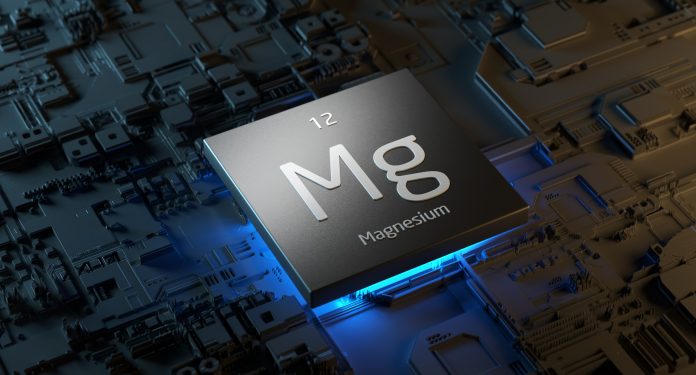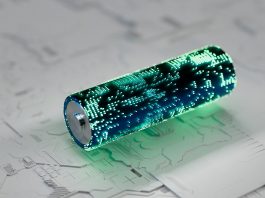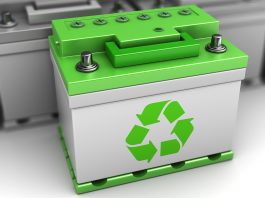Increasing the charge and discharge efficiency of magnesium secondary batteries may be key for the energy storage system (ESS) market as the materials for lithium-ion batteries become ever scarcer.
The demand for lithium-ion batteries is continuing to explode due to the steady increase of electric vehicles and energy storage systems (ESS).
The supply and demand of the raw materials needed for lithium-ion batteries, such as lithium and cobalt, are mostly dependent on specific countries, and thus concerns about securing a stable supply chain are only growing.
With this in mind, researchers are already looking into the next-generation secondary batteries. Utilising magnesium – an element abundant in the earth’s crust could be the answer.
Magnesium secondary batteries and their potential
Research led by Dr Minah Lee of the Energy Storage Research Center at the Korea Advanced Institute of Science and Technology (KIST) has revealed a chemical activation strategy of magnesium metal that enables the efficient operation of magnesium batteries in common electrolytes that are free of corrosive additives and can be mass-produced.
This new magnesium metal chemical activation process is expected to commercialize magnesium secondary batteries by utilizing non-corrosive general electrolytes.
Magnesium secondary batteries can be expected to have a high energy density because they utilize Mg2+, a divalent ion, instead of monovalent alkali metal ions such as lithium.
The highest energy density can be obtained by directly utilising magnesium metal as an anode, of which volumetric capacity is about 1.9 times higher than lithium metal.
The challenges of charging and discharging magnesium
Despite these appealing advantages, difficulties that have hindered its commercialisation arise when looking into the process of charging and discharging.
Efficiently charging and discharging magnesium metal proves difficult due to its reactivity with electrolytes.
The KIST research team have maybe found a solution. Developing a technology to induce a highly efficient charge and discharge reaction of magnesium metal, KIST researchers have opened the possibility of the commercialisation of magnesium secondary batteries.
Unlike previous studies that utilised corrosive electrolytes to facilitate the charging and discharging of magnesium, the researchers used a common electrolyte with a similar composition to existing commercial electrolytes, enabling the use of high-voltage electrodes and minimising the corrosion of battery components.
Suppressing unwanted reactions within magnesium secondary batteries
The team synthesised an artificial protective layer, whose composition was based on magnesium alkyl halide oligomers, onto the magnesium surface through dipping.
They found that selecting a specific reaction solvent allowed the formation of nanostructures on the magnesium surface, which in turn allowed the dissolution and deposition of magnesium.
Based on this, the team were able to suppress unwanted reactions with electrolytes and maximised the reaction area through nanostructuring to induce highly efficient magnesium cycling.
What improvements were seen?
By applying the developed technology, the overpotential was reduced from more than 2 V to less than 0.2 V when charging and discharging magnesium metal in a common electrolyte without corrosive additives.
The Coulombic efficiency can be increased from less than 10% to more than 99.5%.
The team demonstrated stable charging and discharging of activated magnesium metal in more than 990 cycles, confirming that magnesium rechargeable batteries can operate in conventional electrolytes that can be mass-produced.
Confirming that magnesium rechargeable batteries can operate in conventional electrolytes that can be mass-produced
“This work provides a new direction for the existing magnesium secondary battery research, which has been using corrosive electrolytes that prevent the formation of interfacial layers on magnesium metal surfaces,” said Dr Minah Lee of KIST.
“It will increase the possibility of low-cost, high-energy-density magnesium secondary batteries based on common electrolytes suitable for energy storage systems (ESS).“









